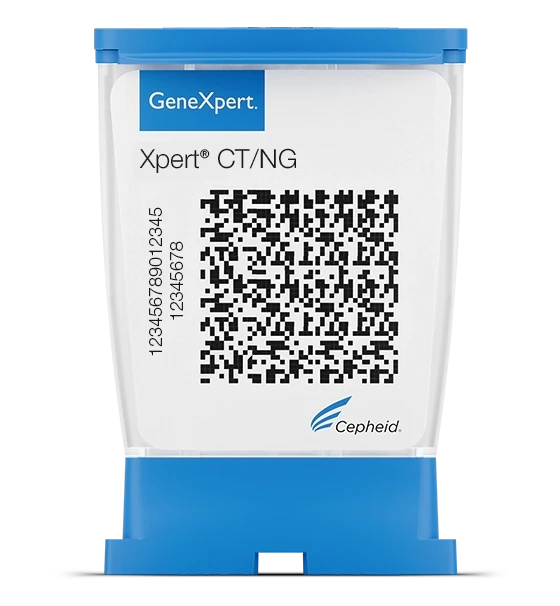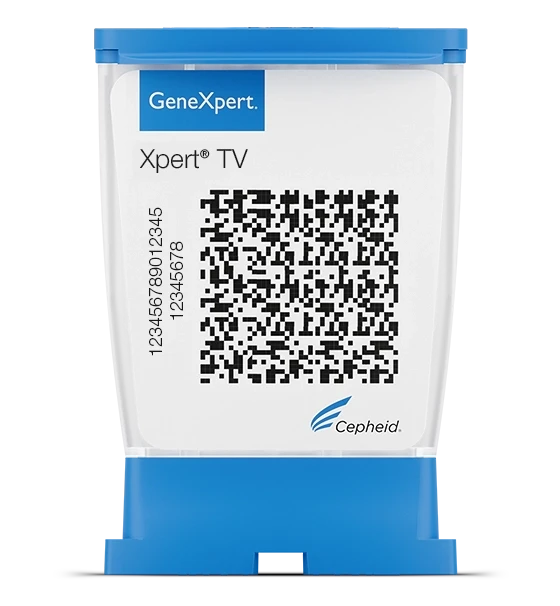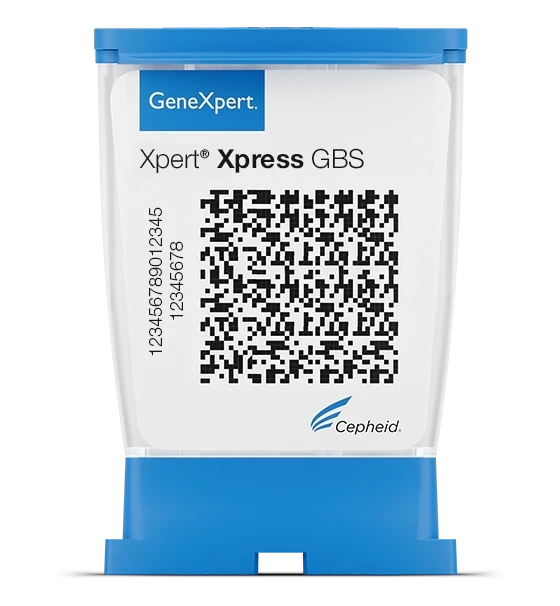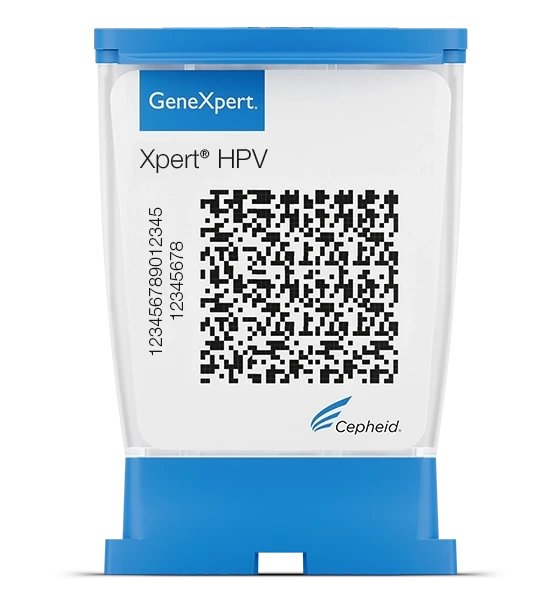
Xpert® CT/NG
Fast and Accurate Diagnosis of Chlamydia and Gonorrhea
Sign in or create a MyCepheid account to add items to cart
Test pack size(s)

10 Tests
GXCT/NGX-CE-10
Qty
Unit price
Subtotal
USD
Product is not available for purchase in your region.

10 Tests
GXCT/NG-CE-10
Qty
Unit price
Subtotal
USD
Product is not available for purchase in your region.
Collection devices

ASWAB Dual Swab Specimen Collection Kit (Pack of 50)
SWAB/A-50
Qty
Unit price
Subtotal
USD
Product is not available for purchase in your region.

Swab Specimen Collection Kit (Pack of 50)
SWAB/G-50
Qty
Unit price
Subtotal
USD
Product is not available for purchase in your region.

Urine Collection Kit (Pack of 50)
URINE/A-50
Qty
Unit price
Subtotal
USD
Product is not available for purchase in your region.
Total
{{currency}}
0
Error adding items to cart. If this error persists, please contact Digital Support
The Need
Chlamydia and gonorrhea are the most prevalent, treatable STDs*. If left untreated, complications can include infertility, pelvic inflammatory disease, pregnancy complications.2,3
ECDC recommends:
ECDC recommends:
- Routine screening of Chlamydia and gonorrhea on an annual basis is recommended for all sexually active females aged <25 years1
- Chlamydia and gonorrhea screening have been extended to young men in some countries
- NAATs^ are the recommended diagnosis for chlamydia and gonorrhea4
- Same-day testing and treatment
- Full STI screen at baseline including NAAT^ testing for gonococcal and chlamydial infections at sites of exposure (genital, rectal, pharyngeal) and syphilis serology
- 3-monthly screening for bacterial STIs (chlamydia, gonorrhoea and syphilis) for individuals receiving PrEP#, especially for MSM and transwomen
* STD — Sexually Transmitted Diseases
^ NAAT — Nucleic Acid Amplification Test
# PrEP — Pre-Exposure Prophylaxis
(1) 2015 European Guideline on the Management of Chlamydia Trachomatis Infections. Euro Surveill. 2015;20(48):30080.
(2) WHO Guidelines for the Treatment of Chlamydia Trachomatis. Accessed Jun 2020. https://apps.who.int/iris/bitstream/handle/10665/246165/9789241549714-eng.pdf?sequence=1
(3) WHO Guidelines for the Treatment of Neisseria gonorrhoeae. Accessed Jun 2020. https://apps.who.int/iris/bitstream/handle/10665/246114/9789241549691-eng.pdf?sequence=1
(4) 2012 European Guideline on the Diagnosis and Treatment of Gonorrhoea in Adults. Int J STD AIDS. 2013 Feb;24(2):85-92.
(5)BHIVA/BASHH Guidelines on the Use of HIV Pre-Exposure Prophylaxis (PrEP) 2018. HIV Med. 2019 Mar;20 Suppl 2:s2-s80.
^ NAAT — Nucleic Acid Amplification Test
# PrEP — Pre-Exposure Prophylaxis
(1) 2015 European Guideline on the Management of Chlamydia Trachomatis Infections. Euro Surveill. 2015;20(48):30080.
(2) WHO Guidelines for the Treatment of Chlamydia Trachomatis. Accessed Jun 2020. https://apps.who.int/iris/bitstream/handle/10665/246165/9789241549714-eng.pdf?sequence=1
(3) WHO Guidelines for the Treatment of Neisseria gonorrhoeae. Accessed Jun 2020. https://apps.who.int/iris/bitstream/handle/10665/246114/9789241549691-eng.pdf?sequence=1
(4) 2012 European Guideline on the Diagnosis and Treatment of Gonorrhoea in Adults. Int J STD AIDS. 2013 Feb;24(2):85-92.
(5)BHIVA/BASHH Guidelines on the Use of HIV Pre-Exposure Prophylaxis (PrEP) 2018. HIV Med. 2019 Mar;20 Suppl 2:s2-s80.
The Solution
- Accurate on-demand RT-PCR results are ready when you need them
- On-demand and in-visit results reduce patient call-backs, overtreatment, undertreatment and patients lost to follow-up
- Patient collected specimens can create operational efficiencies
- Same patient sample can be utilized for all tests
The Impact
Provide fast patient results to:
- Reduce patient anxiety with immediate results
- Improve patient satisfaction
- Prevent disease spread in the community
- Reduce unnecessary use of antibiotics
- Improving Patient Satisfaction
- Xpert® CT/NG provides medically actionable information to clinicians enabling same-day treatment for chlamydia and gonorrhea.






